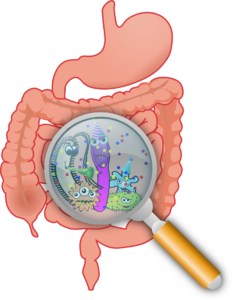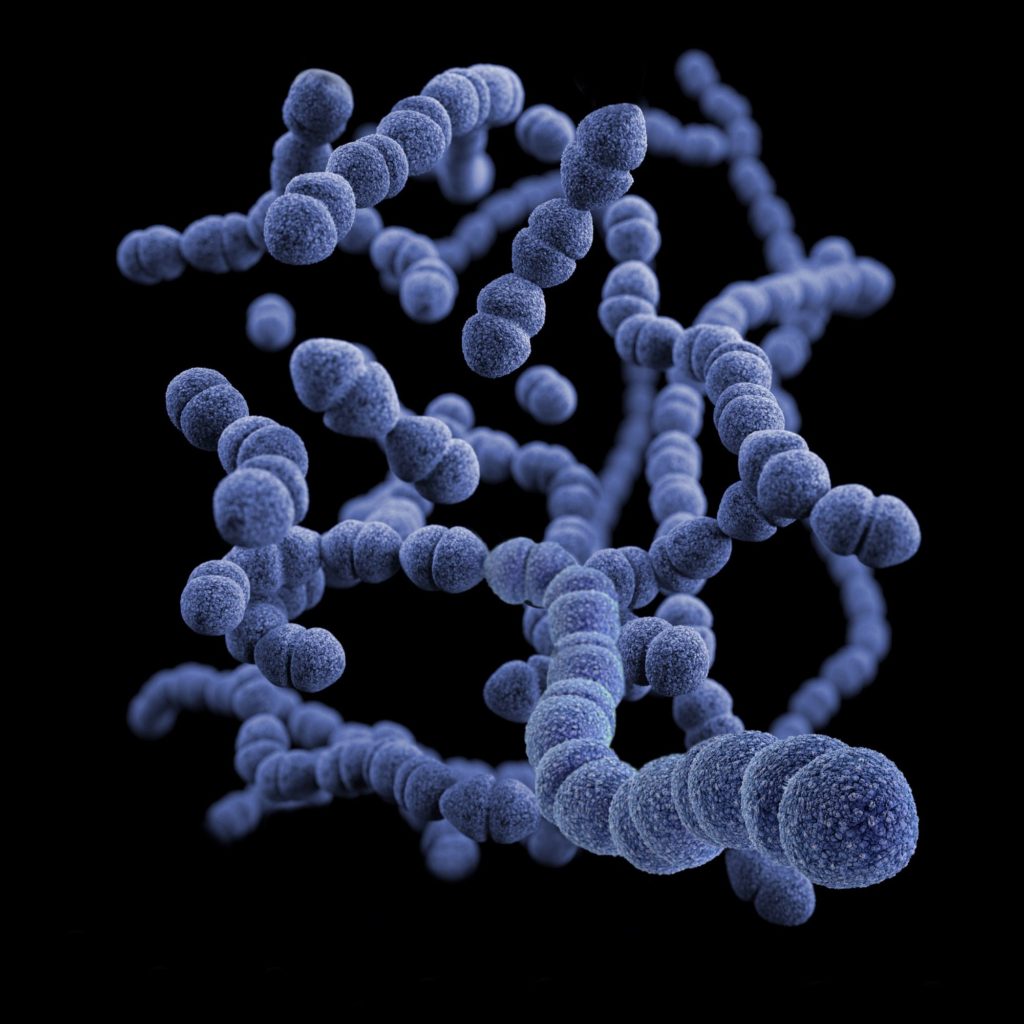
The amazing world of Gut Flora in humans life
World of Gut Flora
The most extensive population of microbes in the body exists in the gastrointestinal tract, where approximately 80 per cent of our microflora live. Average adults possess (1.1 to 1.4 kg ) of bacteria in the gut, which collectively perform innumerable digestive functions that we could not perform on our own, such as:

Benefits of Gut Bacteria
- improving the bioavailability of nutrients from food
- strengthening immunity
- manufacturing B-complex vitamins
- aiding the absorption of vitamins and minerals
- protecting the integrity of the intestinal lining
- producing antiviral substances
- producing antifungal substances
- neutralizing endotoxins (compounds found in the cell walls of bacteria that protect them from threat and are released when the bacteria die; many of these toxins cause health problems)
- regulating cytokines (chemical messengers that help regulate the nature and intensity of the immune system’s response) so as to reduce inflammation in the body
- neutralizing potentially carcinogenic nitrites in the digestive tract
- extracting calcium from dairy products
The microflora in the gut is divided into four main groups :
- The first two are the essential, or beneficial, flora, which are in large number in healthy individuals. These two groups are predominantly made up of Bifidobacterial and Lactobacilli, and together the presence of these two bacteria is considered to be one of the most important aspects of a healthy intestinal microflora.
- The third group of microflora is those we ingest through food or drink.
- The fourth group, yeasts and molds, are not bacteria but rather fungi.
1. Bifidobacterium
- They are normal inhabitants of the human colon and vaginal area. There are around thirty different species identified within this group, the most commonly known in the body being B. bifidum, B. breve, B. longum, and B. infantis.
- These friendly microbes are about seven times more numerous than Lactobacilli in a healthy adult gut but are found in especially large numbers in the intestines of breastfed babies who receive Bifidobacterium through their mother’s milk. (In bottle-fed babies, Bifidobacterium are not as predominant.)
- These good microorganisms prevent the colonization of highly virulent strains of microorganisms that could lead to infection, particularly in the stomach.
- Studies show that Bifidobacterium exhibit strong immune-modulating effects, suggesting that they are strong boosters of immune system function.
- Foods that contain Bifidobacterium include fermented dairy products such as yogurt and kefir, fermented vegetables such as sauerkraut, and beverages such as kombucha

2.Lactobacilli
- Lactobacilli is a large family of important bacteria that produce lactic acid. These are found mainly in the small intestine, mucous membranes of the mouth, throat, nose, and upper respiratory tract, vagina, and genital area.
- The most commonly known members of the Lactobacilli family are L. acidophilus, L. bulgaricus, L. rhamnosus, L. plantarum, L. reuteri, L. johnsonii, L. delbrueckii, L. salivarius, and L. casei.
- Lactobacillus acidophilus are the main residents of the small bowel, where they are engaged in the cell renewal process to keep the gut walls healthy and intact, and they’re usually present in large colonies in pregnant women.
- These bacteria are also present in the vagina and are responsible for its low pH, an acidic environment that inhibits the growth of pathogenic microorganisms.
- Apart from lactic acid, Lactobacilli produce many active substances in the gut, such as lactase and hydrogen peroxide—a naturally powerful antiseptic, antiviral, antifungal, and antibacterial agent that prevents pathogens from taking hold in the gut.
- Studies show that Lactobacilli are strong triggers of anti-inflammatory cytokine production. Cytokines are proteins produced by white blood cells, namely macrophages and monocytes, which are key players in the immune response to foreign invaders such as bacterial infections.
- They are found in fermented foods such as yogurt, raw milk, fermented meat, vegetables, fruits, sourdough bread, and beverages such as kombucha.
3.Ingestible Microflora
- The third group of microflora, those we acquire through food and drink, maybe quite large and include several species of bacteria that can cause a wide variety of infections in both humans and animals through either toxin production or invasion.
- These bacteria are not generally associated with fermented foods (which negate their toxic effects), but rather with contaminated or improperly stored foods.
- In healthy people, these incoming bacteria usually pass through the gastrointestinal tract. However, if poor health has compromised the composition or number of beneficial flora that regulate these microbes, then this group could grow quite large and adversely affect health. For example, some Streptococci species are normally associated with mild illnesses such as strep throat; however, if good gut flora is weak, it may allow the Streptococci to stay for too long or multiply in the small intestine. In rare cases, a more severe illness can occur, such as streptococcal toxic shock syndrome, which causes a rapid blood pressure drop and organ failure.
- They are a common cause of food poisoning in people whose gut microflora is imbalanced or contains insufficient numbers of friendly bacteria. The composition of this group varies from person to person, though it is generally made up of the following: Bacteroides • Peptococci • Staphylococci • Streptococci • Bacilli • Clostridia • Enterobacteria • Fuzobacteria • Eubacteria • Catenobacteria • Yeasts
4.Fungal Microflora

- The human body is also host to yeast, single-cell fungi related to moulds, which is naturally occurring and not specifically dangerous in balanced amounts. (Beneficial yeasts are also responsible for fermenting many different foods, such as sourdough bread, wine, and beer.)
- Yeasts are typically larger than most bacteria and are found throughout nature, anywhere from the air to the soil. While some yeasts, such as Candida albicans, can have detrimental health effects, others, such as Saccharomyces and certain Aspergillus, facilitate healthful food fermentations through the production of enzymes.
- Moulds are a type of fungi that live on plants and foods, which, when eaten, can take up residence in humans. The Penicillium genus of mould is the most well-known because some species contain the active ingredient penicillin, which is attributed to its strong antibacterial properties.
- Just as with bacteria and yeasts, moulds are also well known for spoiling food and emitting undesirable toxins, and the Aspergillus species of mould are often the culprits of these undesirable effects.
- Beneficial moulds add flavour to foods, such as certain cheeses, and produce enzymes, such as amylase, that can be used to make bread.
In short
Although our bodies contain more than 100 trillion bacteria, from more than 400 different species, we still have much to discover about them. However, what we know with certainty is these living bacteria require a specific environment to flourish, and diet has a direct impact on gastrointestinal system health. Although much has yet to be learned about the interplay between disease and microorganisms, the evidence suggests there is a clear link between the two.